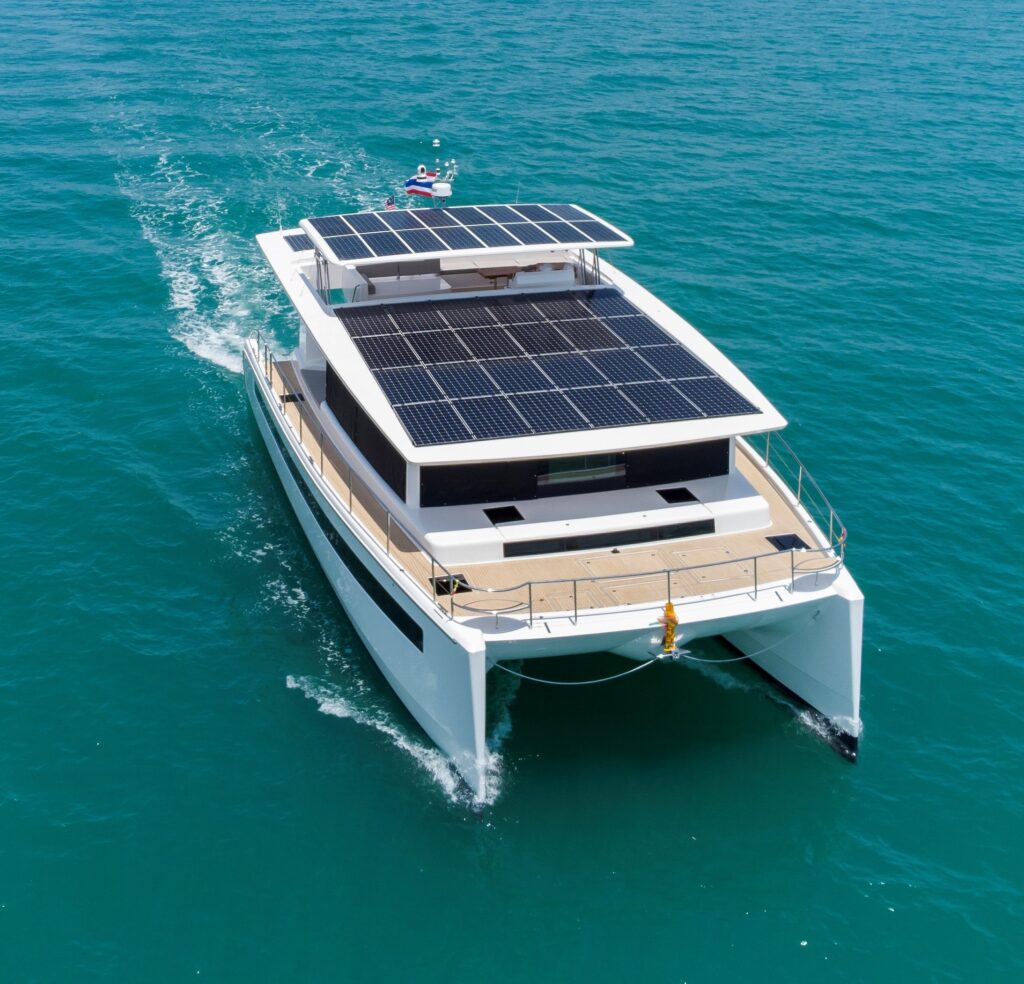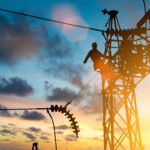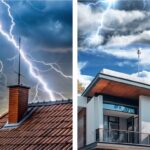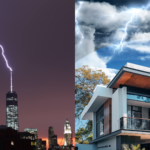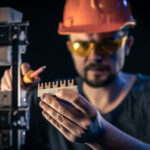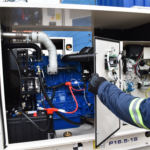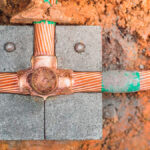Researchers from the University of Washington and NASA, concluded an increase in electrical discharges in the main oceanic maritime routes. They noticed a repeated pattern in the routes, in which there was an increase in the density of lightning discharges through the analysis of data from 11 years of activity.
This phenomenon is generated because the gaseous particles of waste from the ships go to the storm clouds, adhering to the ice particles that exist inside them, increasing the friction activity between them, generating a greater electric field for electrical storms.
Large vessels, due to their dimensions, are more prone to lightning strikes at sea.
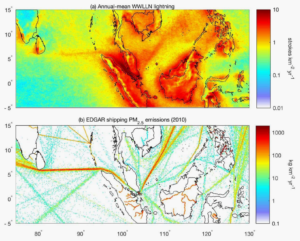
In a typical situation, any vessel on the high seas or in port is a perfect target when sailing near or within a storm, it becomes the point of greatest attraction on the storm horizon and the odds increase on ocean lanes.
The masts are not designed to contain and handle discharges without collateral damage (the voltage that represents the discharge of more than a billion watts or 30,000 A traveling through such a structure).
Masts made of steel or metallic material become current conductor elements, if lightning forms and attracts, it hits everything that joins them, passing the current to the keel, hull and main structures. Affecting the electrical system, navigation systems, VHF radio, MF DSC, GMDSS, Navtex among others. The structure is compromised and can alter its technical properties, in addition to putting the cargo and crew at risk.
With a CMCE device installed at the highest point of a vessel, the attraction effect caused by masts and antennas is eliminated, creating a protective shield for structures.
CMCE Technology is a preventive element more than a protection equipment, guaranteeing more navigation time instead of lost time and repair costs.
Thanks to this technology, the crew, cargo and communication systems will not be affected, minimizing the risk of being struck by lightning.


